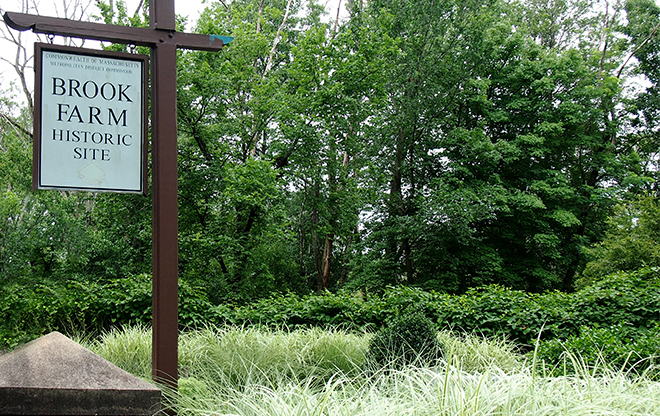
Entrance
The entrance to Brook Farm is also used as a right of way for the "Gardens of Gethsemane," a cemetery established in the 1870’s that inhabits several of the 179 acres that comprises the historic Brook Farm. Mounds of Miscanthus grass and a mortared stone wall rest at the original entrance where granite gateway structures once existed.
Image: John Haven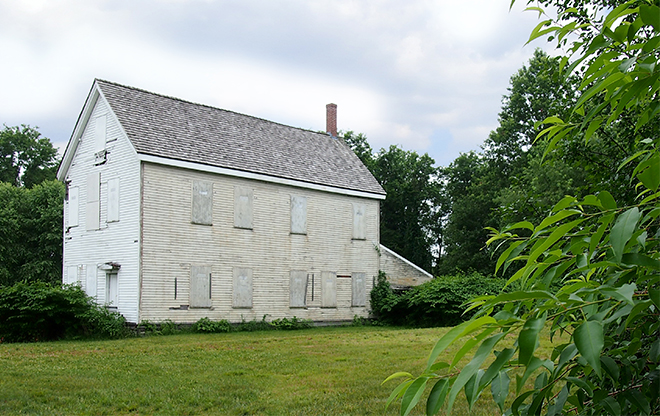
The Print Shop
The "print shop", developed some time before 1890, is the only building that remains on the site and once produced Lutheran Bibles and other religious materials. The footprint of the "hive," the main living quarters for the residents and visitors of George Ripley’s Brook Farm, once stood nearby.
Image: John Haven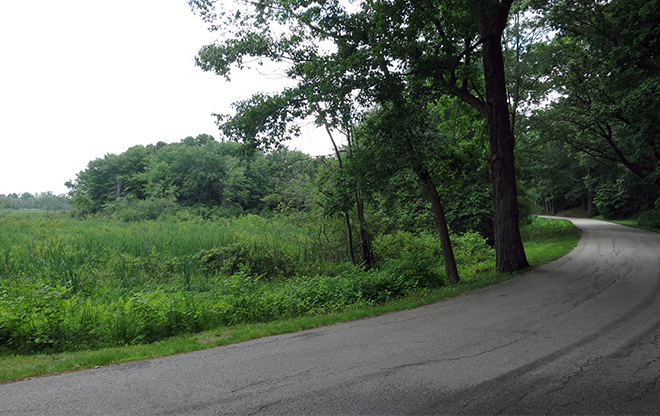
A Short Lived Utopian Experiment
The main access road is flanked by Red Maple swamps and wetland vegetation. This land proved unsuccessful for agricultural development during the early life of Brook Farm, leading to the financial distress that ultimately closed the doors to this short lived utopian experiment.
Image: John Haven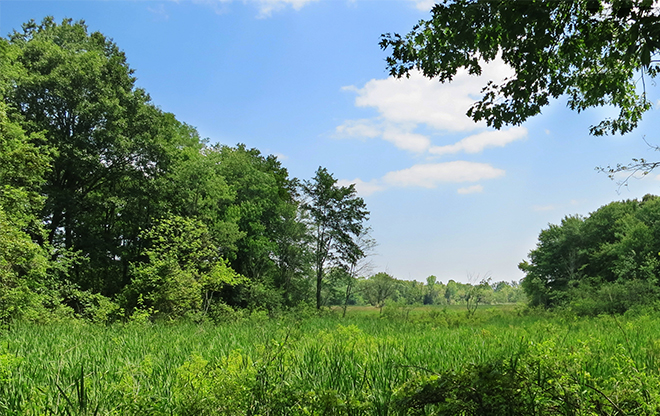
Wetlands
Wetlands characterize several of the 179 acres of Brook Farm.
Image: John Haven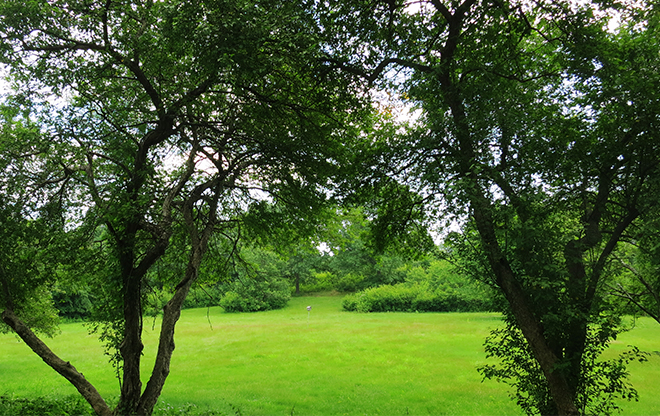
The Place That Inspired the Name
Looking southeast across a lush meadow towards the Sawmill Brook, the inspiration behind the name Brook Farm.
Image: John Haven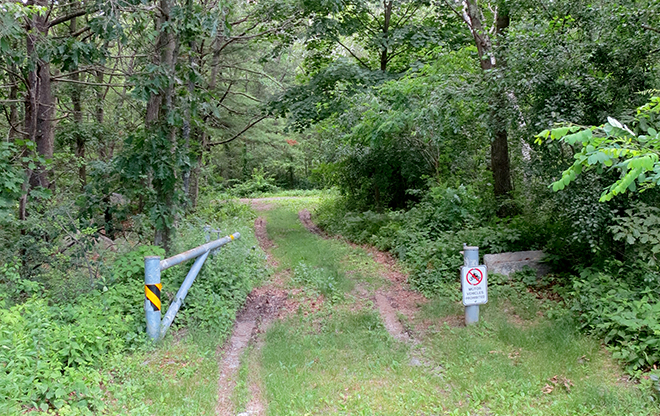
A Trail
A trailhead off the main access road connects to a maintained trail. Parking for several cars is located nearby.
Image: John Haven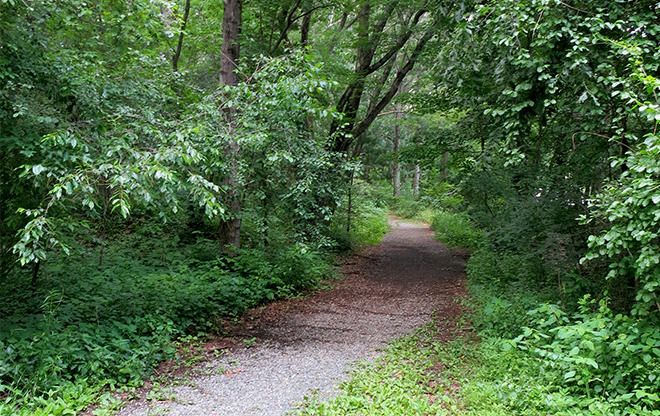
To Neighboring Millennium Park
A one-mile trail heads west and connects Brook Farm to neighboring Millennium Park.
Image: John Haven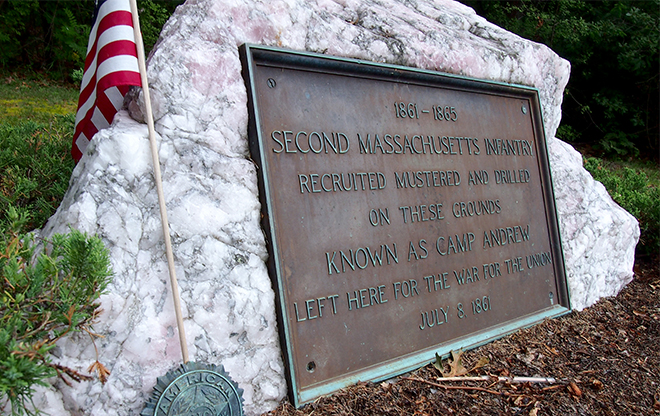
Camp Andrew
Prior to the trailhead, a stone memorial remembers Camp Andrew, which inhabited Brook Farm for a short time during the Civil War.
Image: John Haven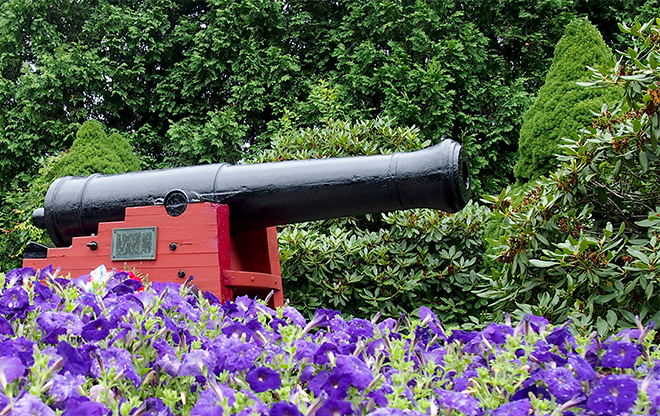
Historic Cannon
Upon entering the Gardens of Gethsemane, rows of patriotically themed annual plantings reach towards a flat of land where a Cannon from the Charlestown Navy Yard has been placed in memorial of Camp Andrew. The cannon once armed the USS Constitution.
Image: John Haven